Fix “Creaky Knees” & Back Pain With This 10-Minute Daily “Mobility Fix”
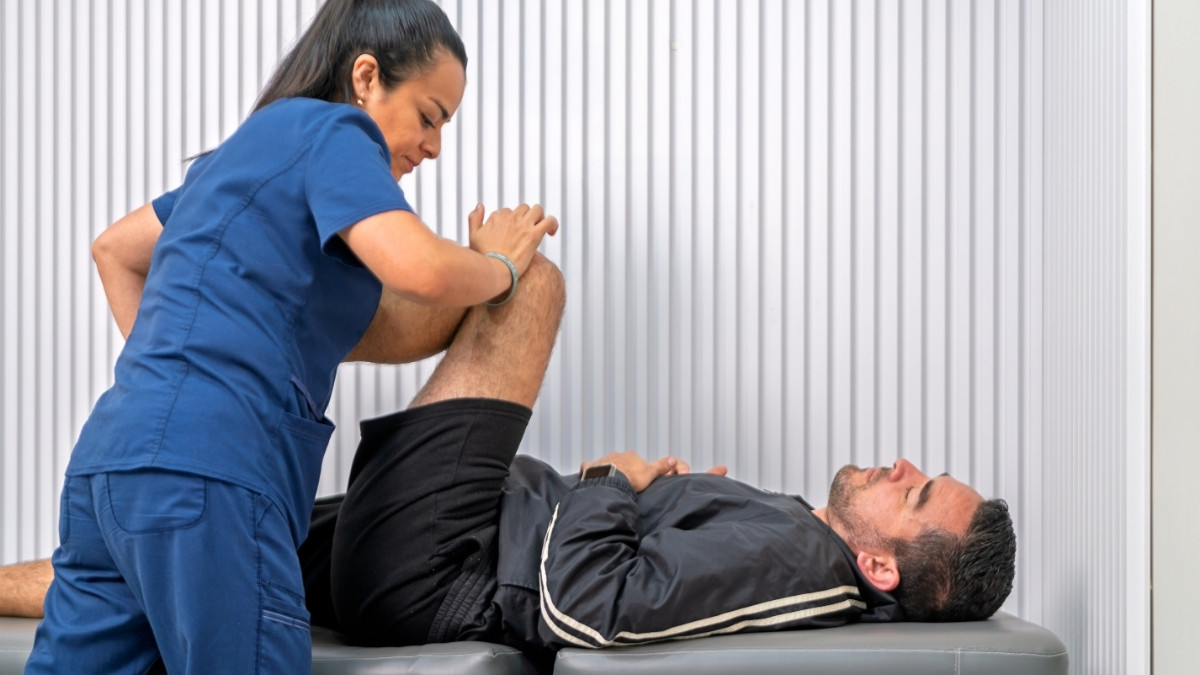
You start a new stretch and feel a deep pull. A little voice in your head asks, “Is this helping me?” “Or am I hurting myself?”
That one question stops a lot of people. You want to make progress, but you are afraid of getting injured. Old slogans like “no pain, no gain” make it hard to know what is safe.
This article is your guide. You will learn the clear difference between “good pain” and “bad pain.” Good pain means you are getting stronger. Bad pain is a warning signal.
This guide explains Good Pain vs. Bad Pain Exercise. You will know exactly when to stop exercising. You will also learn what to do if you feel that “bad pain.”
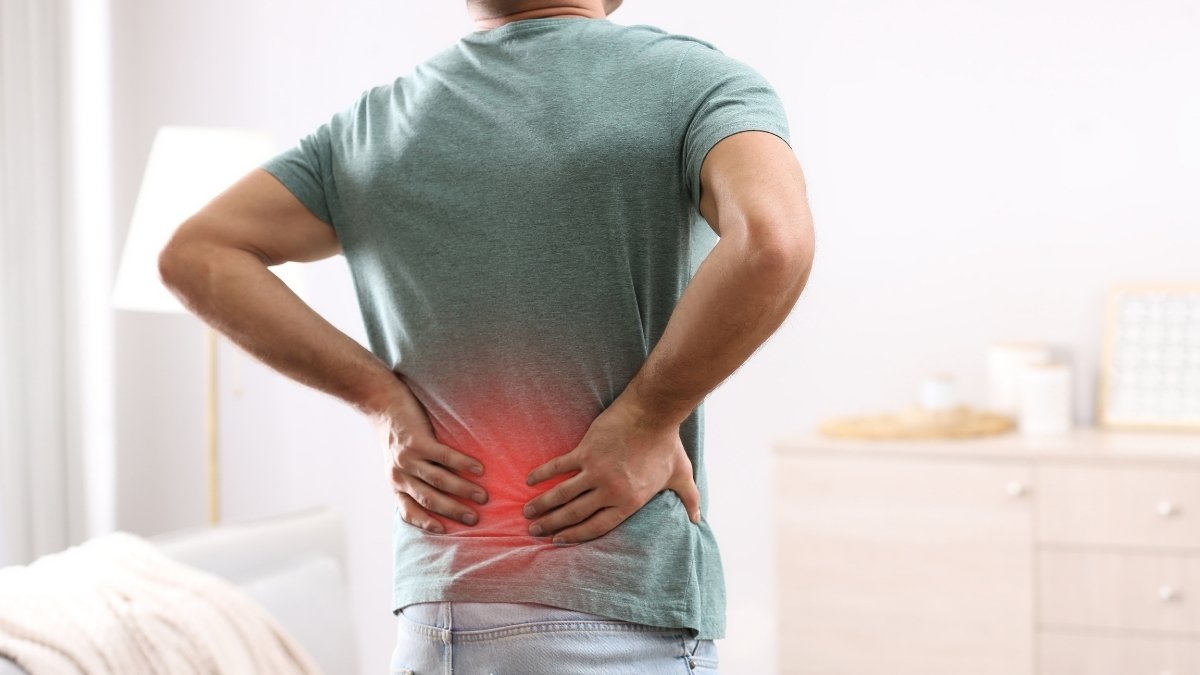
🎯 Good Pain vs Bad Pain
Know When to Push & When to Stop
Good Pain
A dull, general ache that means you’re working and getting stronger
What It Feels Like:
- Dull, deep sensation
- Spreads across an area
- Feels like “work”
- Mild discomfort
- Goes away after rest
Bad Pain
A sharp, specific warning signal that means STOP immediately
What It Feels Like:
- Sharp, shooting sensation
- Pinpointed to one spot
- Makes you wince
- Feels “wrong”
- Gets worse with movement
⚠️ Myth Busted ⚠️
For mobility work, pain is NOT the goal. You’re restoring movement and calming your nervous system—not breaking down muscle.
Pushing into sharp pain makes your brain panic and muscles lock down harder. You can’t teach your body that new movement is safe by causing injury.
Result: Injury stops ALL progress and sets you back weeks.
🕐 The 10-Minute Daily Mobility Fix
⏱️ 2 Minutes Per Move
Cat-Cow
Get on all fours. Inhale as you drop your belly and lift your chest. Exhale as you round your spine.
Seated Hip Rotations
Sit on the floor with one knee bent. Gently rotate your knee in and out.
Ankle Rotations
While seated, lift one foot and slowly draw big circles with your toes.
Seated Spinal Twist
Sit and cross one leg over the other. Hug your knee and gently twist your upper body.
Supported Deep Squat Hold
Hold a doorframe for balance. Slowly lower your hips as far as you can without pain.
🔬 Why Your Joints Get Creaky
Synovial Fluid
Your joints have natural “oil.” Movement spreads it around like oil on a rusty hinge.
Sitting Too Much
When you sit all day, that fluid stops moving. Joints get “dry” and stiff.
Connected System
Pain in one spot is often from problems elsewhere. Tight ankles stress your knees and back.
❌ 3 Mistakes That Stop Your Progress
Mistake #1: Rushing
Moving too fast defeats the purpose. This isn’t a race—mobility needs slow, controlled motion.
Focus on your breathing. Inhale during one part, exhale during the other. This forces you to slow down.
Mistake #2: Forcing the Stretch
Thinking it has to hurt to work just makes your muscles tighten up to protect themselves.
Only move to the first feeling of mild tension. Stop there. No pain required.
Mistake #3: Inconsistency
Doing it for 2 days, feeling better, then stopping for a week. The stiffness just comes right back.
Link this routine to an old habit. Do your 10-minute fix right after you brush your teeth.
💡 Beyond the 10-Minute Fix
Use a Tennis Ball
For deep, stubborn tight spots. Roll it on small “knots” to release tension.
Drink More Water
Your muscles and joint fluid are mostly water. Think of it as “internal lotion.”
Know When to Get Help
Sharp pain that gets worse? See a physical therapist. This routine is for stiffness, not injury.
Good pain means you’re getting stronger. Bad pain is a warning signal. Trust your body—it’s sending you clear signals.
🚀 Start Your 10-Minute Fix Today
Set a timer. Move slowly. Focus on breathing. Do it right after brushing your teeth to build the habit.
Why Your Knees “Creak” and Your Back Aches
You might think those creaky knees and that stiff back are just part of getting older. But that is not the whole story. Often, the real problem is a simple lack of movement from sitting too much.
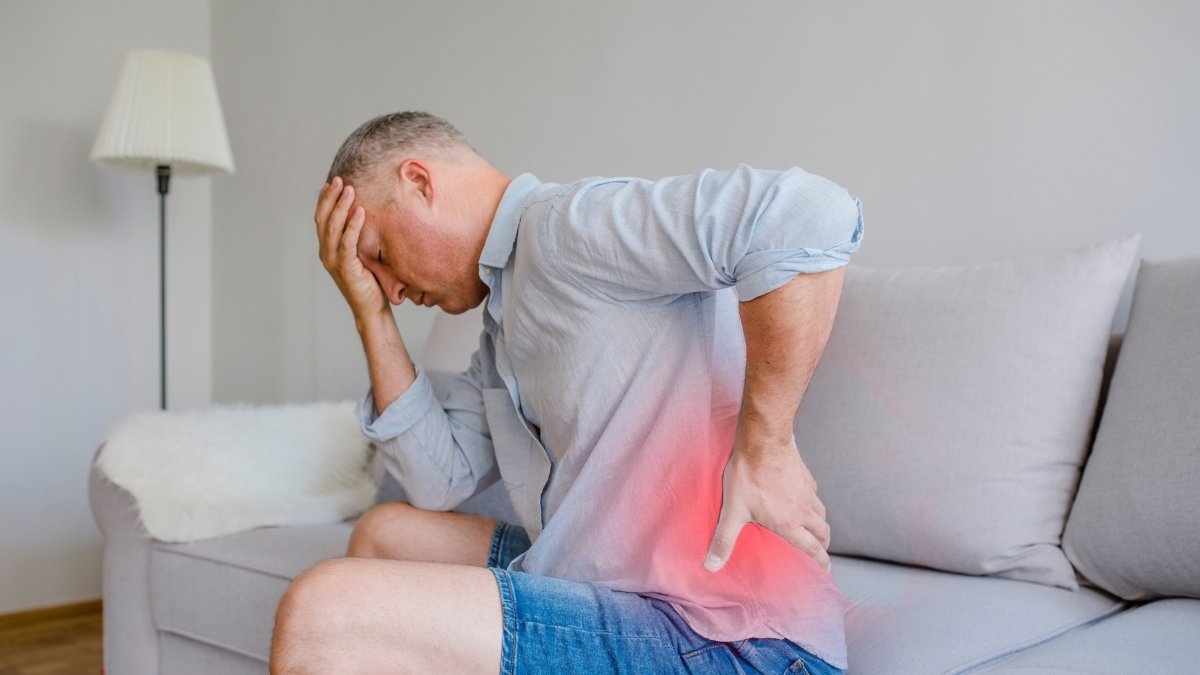
Your joints have their own natural “oil” called synovial fluid. Movement spreads this fluid around, like oil on a rusty hinge. When you sit all day, that fluid stops moving, your joints get “dry,” and things start to feel stiff and noisy. A good Mobility Routine for Joints helps circulate this fluid.
Here is the other key: your body is all connected. Pain in one spot is often just a symptom of a problem somewhere else. That is why this routine does not just focus on your back. Tight ankles or stiff hips often force your body to move poorly, putting stress on your knees and lower back.

This plan helps fix creaky knees and relieve back pain from general stiffness. It is not for sharp, sudden pain. The goal is to gently lubricate your joints and teach your body to move well again.
Here is the content for that section, written to your rules.
The 10-Minute Daily Mobility Fix: Your 5-Move Routine
Here is your 10-Minute Daily Mobility Fix. It has five simple moves. Set a timer and do each move for about two minutes, focusing on slow, controlled breaths.
1. Cat-Cow
Get on all fours. Inhale as you drop your belly and lift your chest.
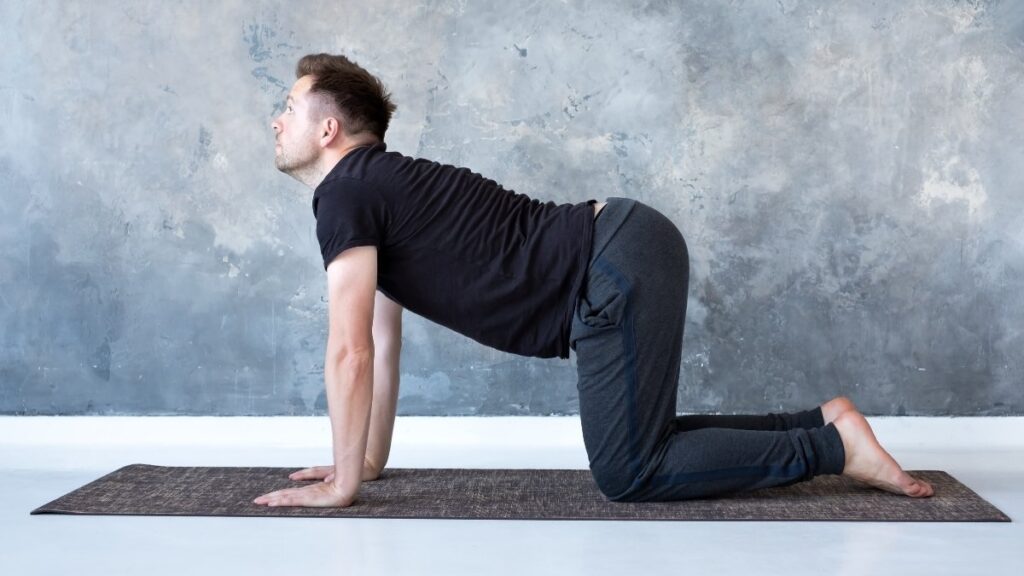
Exhale as you round your spine. This warms up your entire back and brings blood flow to the spine.
2. Seated Hip Rotations
Sit on the floor with one knee bent. Gently rotate your knee in and out.
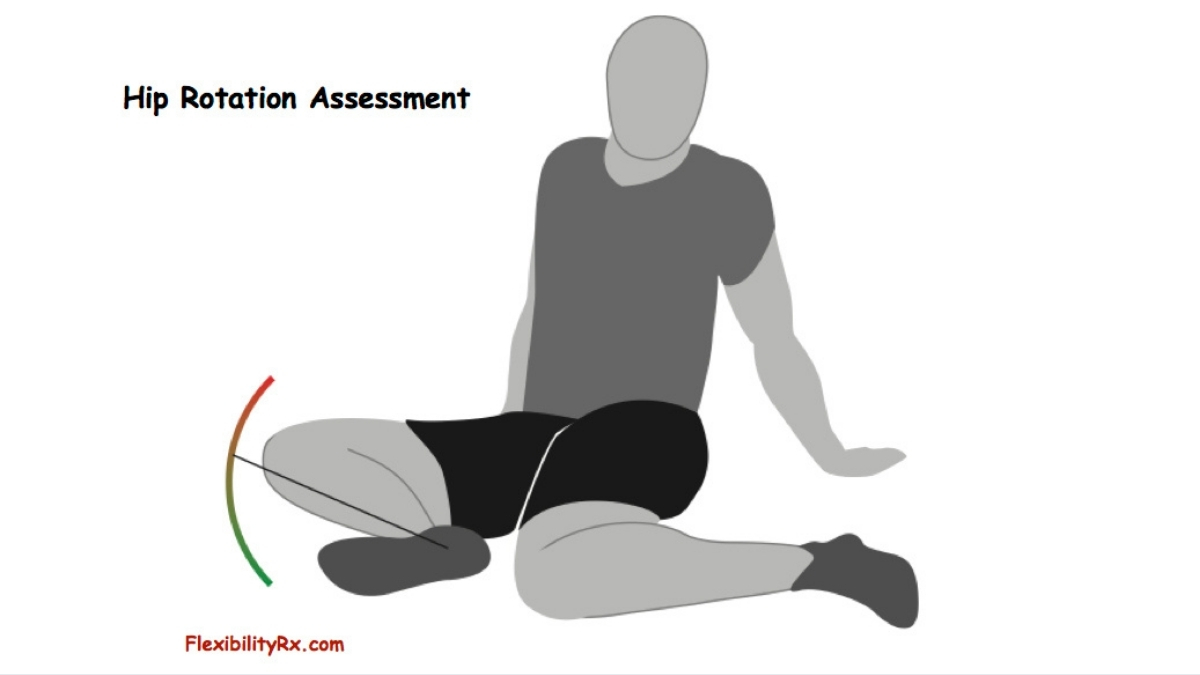
This move helps “oil” the hip socket, easing tightness that pulls on your back.
3. Ankle Rotations
Stiff ankles can force your knees to take extra stress. While seated, lift one foot and slowly draw big circles with your toes.
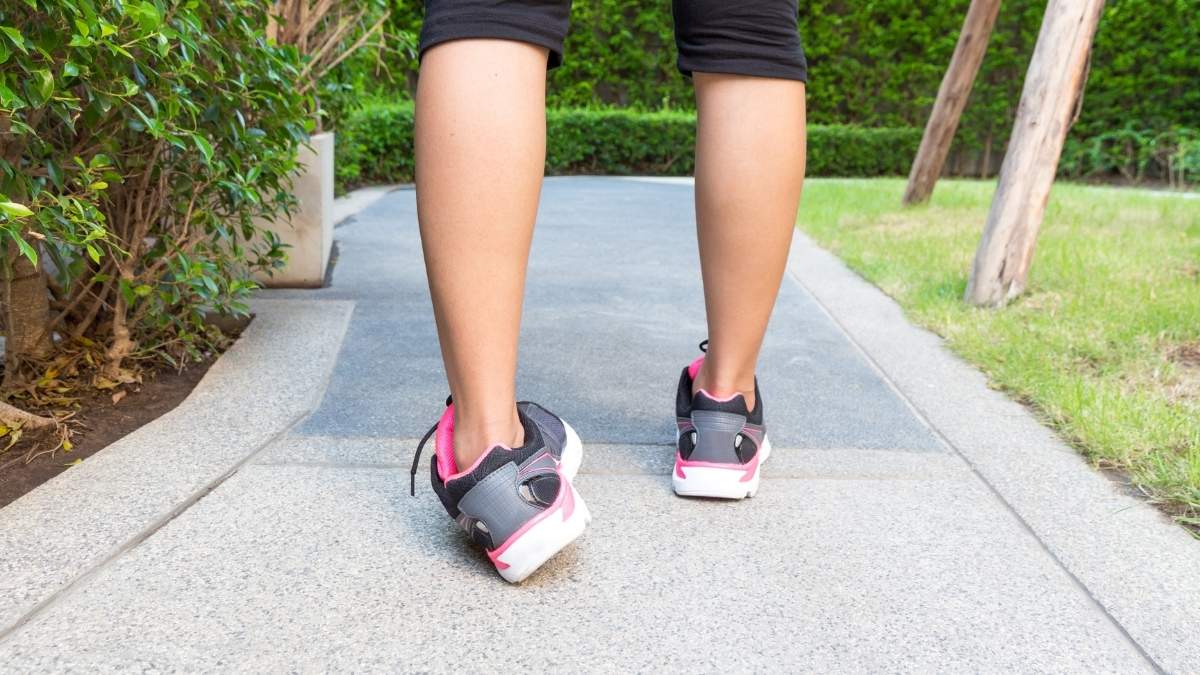
This simple move is a great way to help fix creaky knees.
4. Seated Spinal Twist
Sit and cross one leg over the other. Hug your knee and gently twist your upper body.
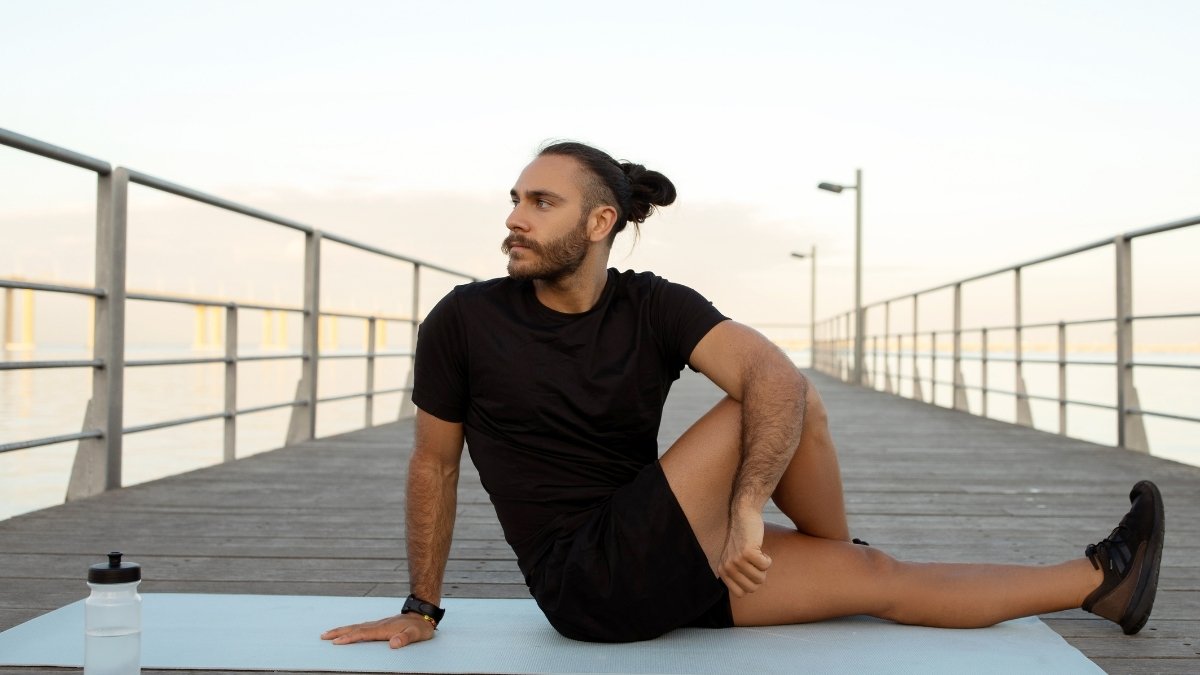
This frees up your mid-back so your lower back does not have to do all the work.
5. Supported Deep Squat Hold
Hold a doorframe for balance. Slowly lower your hips as far as you can without pain.

This single move hits your ankles, knees, and hips all at once, making it a perfect Mobility Routine for Joints.
Why “No Pain, No Gain” is a Myth for Mobility
You have probably heard the phrase “no pain, no gain.” But that idea is wrong for mobility. The goal is completely different.
You are not trying to break down muscle. You are trying to restore movement and calm your nervous system. Your brain “locks” stiff areas to protect them.

Pushing into sharp Mobility routine pain just makes your brain panic. This causes the muscles to lock down even harder. Mobility is about building trust with your body.
You are teaching your nervous system that a new range of motion is safe. You cannot teach this lesson by causing “bad pain.” This is the key of Good Pain vs. Bad Pain Exercise.
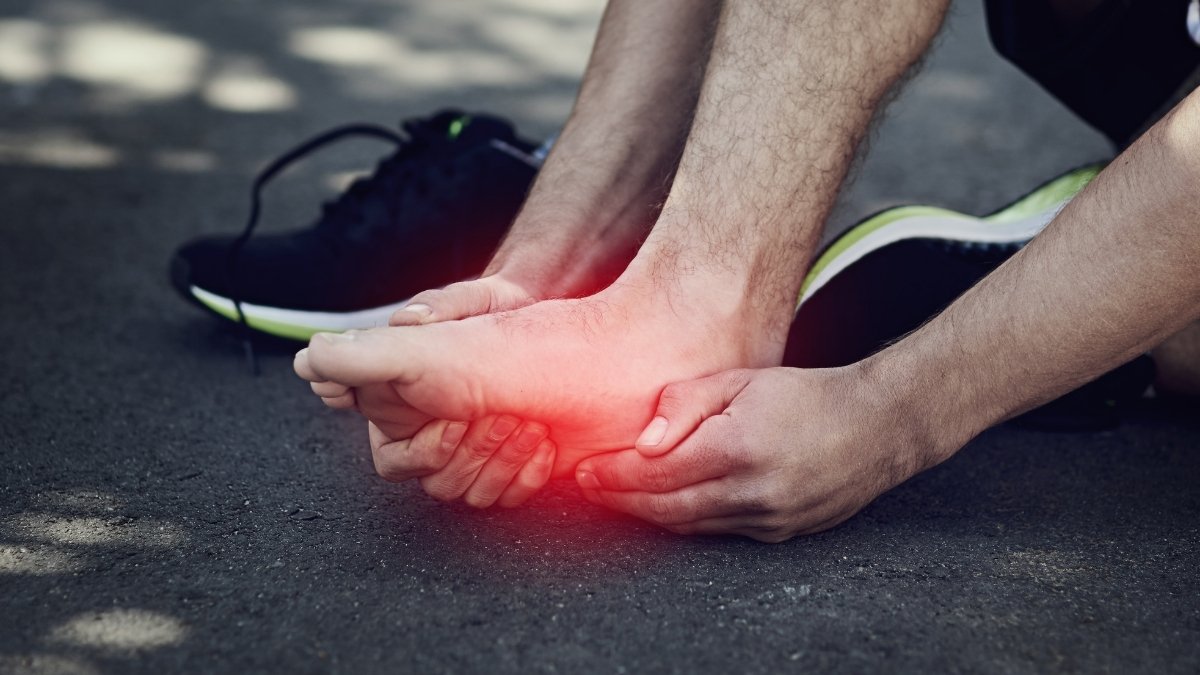
Pushing through bad pain leads to injury. An injury stops all your progress. This sets you back for weeks.
What to Do If You’re Still Stiff (Beyond the 10-Minute Fix)
Sometimes, this Mobility Routine for Joints is just the first step. If you have deep, stubborn tight spots, you might need more. A simple tennis ball can work wonders on small “knots.”
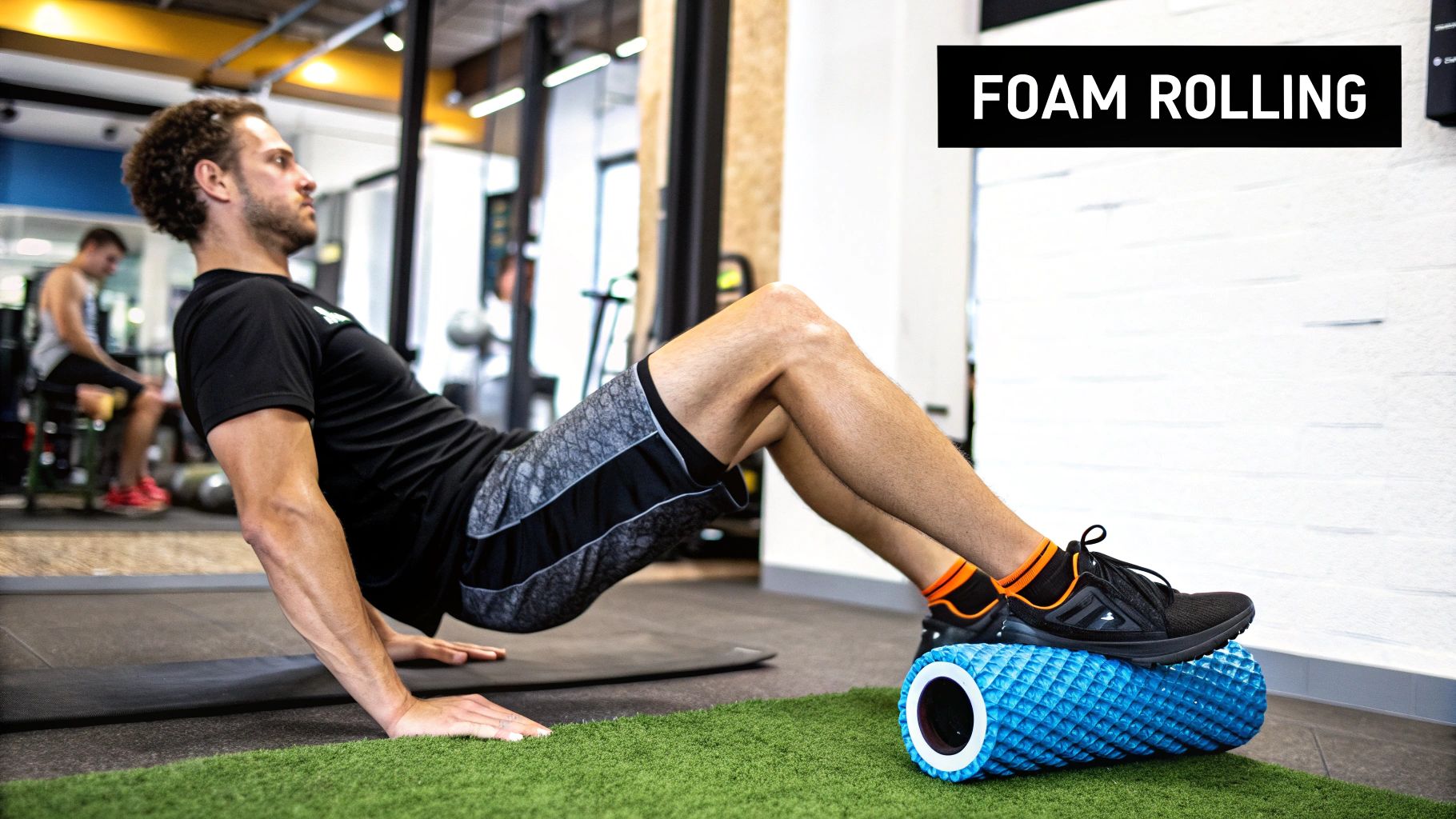
You can also help your joints from the inside. Your muscles and joint fluid are mostly water. Being dehydrated can make you feel stiffer. Think of water as “internal lotion” for your body.
Finally, be honest about your pain. This routine is for stiffness. If the pain is sharp, or if it gets worse, it is time to see a physical therapist. They can help you relieve back pain safely.
3 Common Mistakes That Stop Progress (And How to Fix Them)
Let’s make sure this Daily Mobility Fix actually works for you. You can avoid three common mistakes. The first mistake is rushing the movement. This is not a race.
A Mobility Routine for Joints needs slow, controlled motion. The Fix: Focus on your breathing. Inhale during one part of the move. Exhale during the other. This forces you to slow down.

The second mistake is forcing the stretch. You might think it has to hurt to work, but this just makes your muscles tighten up to protect themselves. The Fix: Only move to the first feeling of mild tension. Stop there.
The third mistake is inconsistency. You do the routine for two days, feel better, and then stop for a week. The stiffness just comes right back.
This routine to relieve back pain only works if you do it most days. The Fix: Link this new routine to an old habit. Do your 10-minute fix right after you brush your teeth.
Final Thoughts:
Knowing the difference in Good Pain vs. Bad Pain Exercise is a key skill. It helps you stay healthy for a long time. Good pain is a dull, general ache of work.
Bad pain is a sharp, specific signal to stop. Trust your body. It is sending you clear signals.

Listen to them. Move with confidence. You now know how to stay safe and make real progress.
What’s one “bad pain” signal you have learned to listen for? Share your experience in the comments below.






